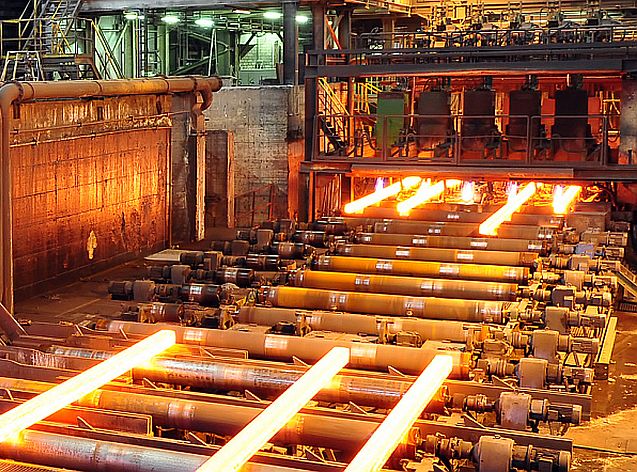Serial manufacturing

Medium-sized manufacturers are often part of vertical supply chains. Similar to the production of variants, customer orientation is also an important matter here. Thus, the market expects that mass-producing companies react flexibly to demand fluctuations.
The "just-in-time" customary in industrial production forces suppliers to increasingly demanding requirements with regard to delivery shipments. Customer requirements for quality and documentation are also constantly increasing. Added to this is the fact that many standard manufacturers work under high price pressure. Modern ERP systems should support companies with flexible calculation models, predefined calculation methods and a complete monitoring of the entire production. Serial production is based on precisely coordinated processes - from development, material procurement and production to sales. Companies need a detailed overview of capacity utilization and production progress in order to dispose them flexibly. Deviations and potential bottlenecks should therefore be clearly visible. In addition, there are additional requirements, such as process integration with customers and suppliers. ZEPHIR as a fully integrated enterprise solution provides the necessary structures for this purpose.
In order to guarantee their smooth production in the company, you as a serial copier have to keep a lot of data in view and check .
ERP systems with their own PPS for serial manufacturers are an indispensable tool here. With the help of a modern PPS for serial production you can always anwser questions such as:
What is the current and future utilization of my machines?
Is there sufficient material for the desired production quantity on stock?
How are the actual values compared to the set values?
The utilization of all machines or production lines can be monitored via special masks and surveys. This makes it possible to view the current jobs and status of the machines at any time. An amber representation can be used to determine whether enough material is still available and how the status of the work or production order is. Delays due to lack of material are thus prevented.
By comparing the actual and target values, it is easy to determine whether the current planning is being complied with or whether a new cost estimate has to be created for future orders.

